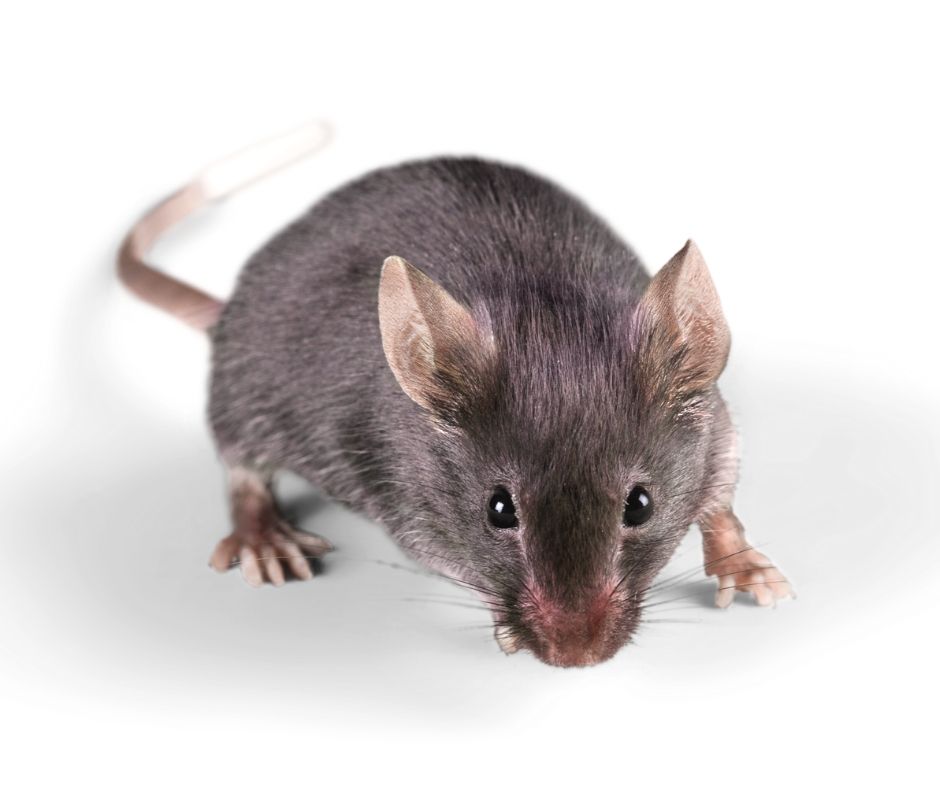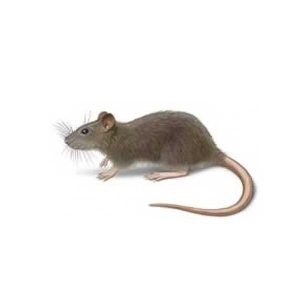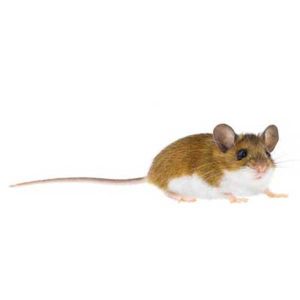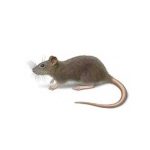House Mice in Illinois and Indiana
The house mouse is one of the most common household pests in the nation and is definitely the most common rodent problem for homeowners. House mice are known for breeding rapidly. A house mouse is mature within 35 days after birth and can have a first litter of up to eight pups at 60 days old. Mice can squeeze through a hole as small as 1/4 inch and can quickly climb straight up an eight-foot wall in less than half a minute.
House mice are almost always found in association with humans and dependent upon the human habitat for shelter and food. House mice thrive throughout the year and can be found in homes, commercial buildings, open fields, and agricultural lands. They contaminate food meant for humans and pets as they forage, dropping feces and urine along the way. House mice cause considerable damage to structures by chewing through walls and transmit pathogens that cause diseases like salmonella, which is a common form of food poisoning.
House Mouse Habitat
When they are outdoors here in the Midwest, house mice construct nests in fields and beneath trees and shrubs. When they invade homes, mice will build nests in quiet undisturbed places like wall voids, kitchen cabinets, attics, and garages. Droppings, fresh gnaw marks, and tracks or rub marks indicate areas where mice are active. Nests are made from finely shredded paper or other fibrous material, usually in sheltered locations. House mice have a characteristic musky odor that reveals their presence. Mice are active mostly at night but are seen during the daylight areas in especially bad infestations.
House Mouse Behaviors, Threats, or Dangers
The house mouse is omnivorous but is most often seen eating cereal and grains. House mice contaminate food and are implicated in the transmission of diseases such as salmonella and bubonic plague. The house mouse can cause significant damage to structures by gnawing and tunneling through walls. Mice have also been implicated in the generation of fires and explosions in homes and buildings. Chewed, exposed wires inside walls can spark, causing interior walls to catch fire. For this reason, it’s important to get help as soon as you notice a house mouse problem in your home.
If you have a house mouse infestation in your Midwestern property, always contact a licensed rodent control company.
Need help with House Mouse control?
We'll call you! Leave your information below.







